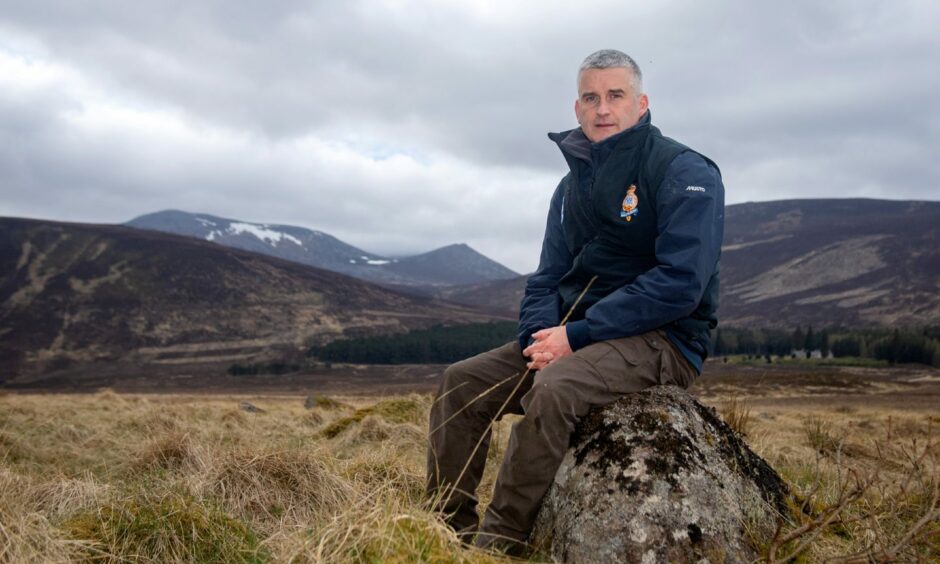
If you visit tourism websites, Scotland’s most popular nature destinations are often portrayed as pristine, wild places, untouched by the modern world.
But sadly, the reality can be anything but.
Intense pressure from increasing visitor numbers in recent years has put a huge strain on many locations, impacting both the environment and rural communities.
Sites like Loch Morlich near Aviemore and Ceannabeinne Beach in Sutherland have endured all sorts of problems with littering, overcrowding and wildfire threats.
But even some of our most remote places, like the wind-battered, 3,789-ft elevation summit of Lochnagar towering over Aberdeenshire near Balmoral, aren’t safe from troublemakers.
Rubbish is routinely found all over the mountainside, chucked carelessly away by those who simply don’t care.
Cleaning up after litterbugs and careless firestarters takes up a huge amount of time and resources for those responsible for looking after our countryside.
Time and resources which could be better spent elsewhere for the benefit of everyone.
Balmoral rangers forced to spend countless hours picking up after litter louts
Glyn Jones is head ranger of the Royal Family’s Balmoral Estate in Deeside.
The estate doesn’t just include the grounds of the famous royal castle, but huge swathes of the spectacular Upper Deeside landscape.
This includes Loch Muick and its surrounding Munros, like Lochnagar and Broad Cairn, making it a haven for hillwalkers.
One might think the dedicated mountain men and women who make it their mission to bag Munros would have a proper respect for nature.
But in Glyn’s experience, this isn’t always the case.
He and his rangers tirelessly patrol every corner of the estate, and no matter where they go, they happen upon litter carelessly discarded.
“Even on the summit of Lochnagar, we have problems with litter,” says Glyn.
“We get banana skins, loads of tissues, plastic bottles, cans, crisp packets, lots of litter that people have left up there.
“The depressing part is we’ll go tidy up, clean a place, and then come back the next day and it’s just back to square one.
“So you don’t feel like you’re making much progress.
“There was a day last year I litter-picked all the way up the Lochnagar path, turned around, and there was even more litter on the way back down.
“Cigarette stubs, chewing gum, dog poo left in plastic bags, these are all common.
“It’s sad, and depressing.”
‘I’d rather spend our time on something more productive than litter-picks’
Glyn says as well as harder-to-reach spots like the top of Munros, the rangers of Balmoral also have to keep the busier areas like car parks and bothies clean of rubbish too.
He finds it frustrating that this eats into the resources of rangers, which they’d rather be using to focus on more constructive endeavours.
The head ranger adds: “I’d prefer to spend our time on something more productive like repairing paths and bridges, or doing habitat management and wildlife monitoring.
“But we do unfortunately seem to spend an inordinate amount of our time litter-picking.”
Disposable barbecues pose huge fire threat
As well as litter, another major threat to nature which our countryside rangers and the emergency services routinely tackle is disposable barbecues.
The cheap, convenient cooking products might seem like the ideal way to heat up burgers for a picnic on a summer day, but they can cause wildfire damage that takes years for the countryside to recover from.
The risk of harm is so high in fact, that chains like Co-op have decided to stop selling them in national parks across the UK.
Yet despite the restrictions placed against them, these barbecues are still routinely used at beauty spots, much to the frustration of organisations like the Scottish Fire and Rescue Service.
David Murray, the crew commander of Ballater Fire Station, says although he welcomes everyone to come and spend time in the spectacular scenery of Deeside, “they must be responsible while they’re here”.
He says: “A lot of the people that are coming to this area are camping in the area, and the biggest thing we have here is people using barbecues, especially disposable barbecues.
“We try and encourage them not to use them up here, and if they do use them, to get rid of them responsibly.
“Get them truly extinguished before disposing of them into a bin.
“Disposable barbecues can stay hot and reignite for several hours after you’ve done your cooking on them, and that’s where the real dangers lie.”
Council’s problems with and solutions to wildfire threat
“When we say disposable barbecue, that doesn’t mean to just leave it behind you when you go,” says Fiona Banks, ranger service coordinator for Aberdeenshire Council.
“We’ve had a lot of damage done from them, particularly at Balmedie Country Park from people leaving them or chucking them in the gorse.
“We’ve also had damage at Drumoak and Potarch.”
Although we’ve had quite a wet year so far in the north-east, there are already high fire risks facing Aberdeenshire beauty spots.
Last month, there was a major wildfire incident at the Muir of Dinnet National Nature Reserve (NNR), which was attended by David Murray and his fire crew.
“It was two hectares,” says Kirstin Mair, reserve manager at Muir of Dinnet.
She suspects it could have been started by a cigarette being flicked into the undergrowth.
“We were at high fire risk, but there was signage across the reserve saying absolutely no naked flames.
“But unfortunately it didn’t work.”
With emergency service resources already stretched thin dealing with other sources of wildfires, igniting a disposable barbecue can create even more unnecessary pressure on fire crews.
But Aberdeenshire Council’s ranger service acknowledge that no matter what they say, some people will still carry on using them.
So to help these people make the responsible choice, they’ve recently installed new specialist barbecue bins at Balmedie, and they have plans to do the same at Drumoak and Potarch.
New static barbecue stands are also being put in place at visitor hotspots as an alternative.
These metal stands are high off the ground, unlike disposable ones which often sear into the ground of surfaces they’re placed on top of.
If you do use a disposable barbecue, ensure it is fully extinguished with water before getting rid of it responsibly.
This is the second article of our three-day series on tackling dangerous behaviour in the great outdoors this summer.
Check back tomorrow to find out about the wildlife being placed at risk by thoughtless acts, and what the police are doing to protect the countryside.
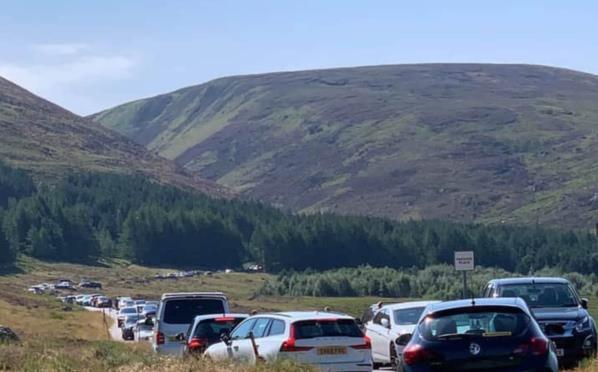
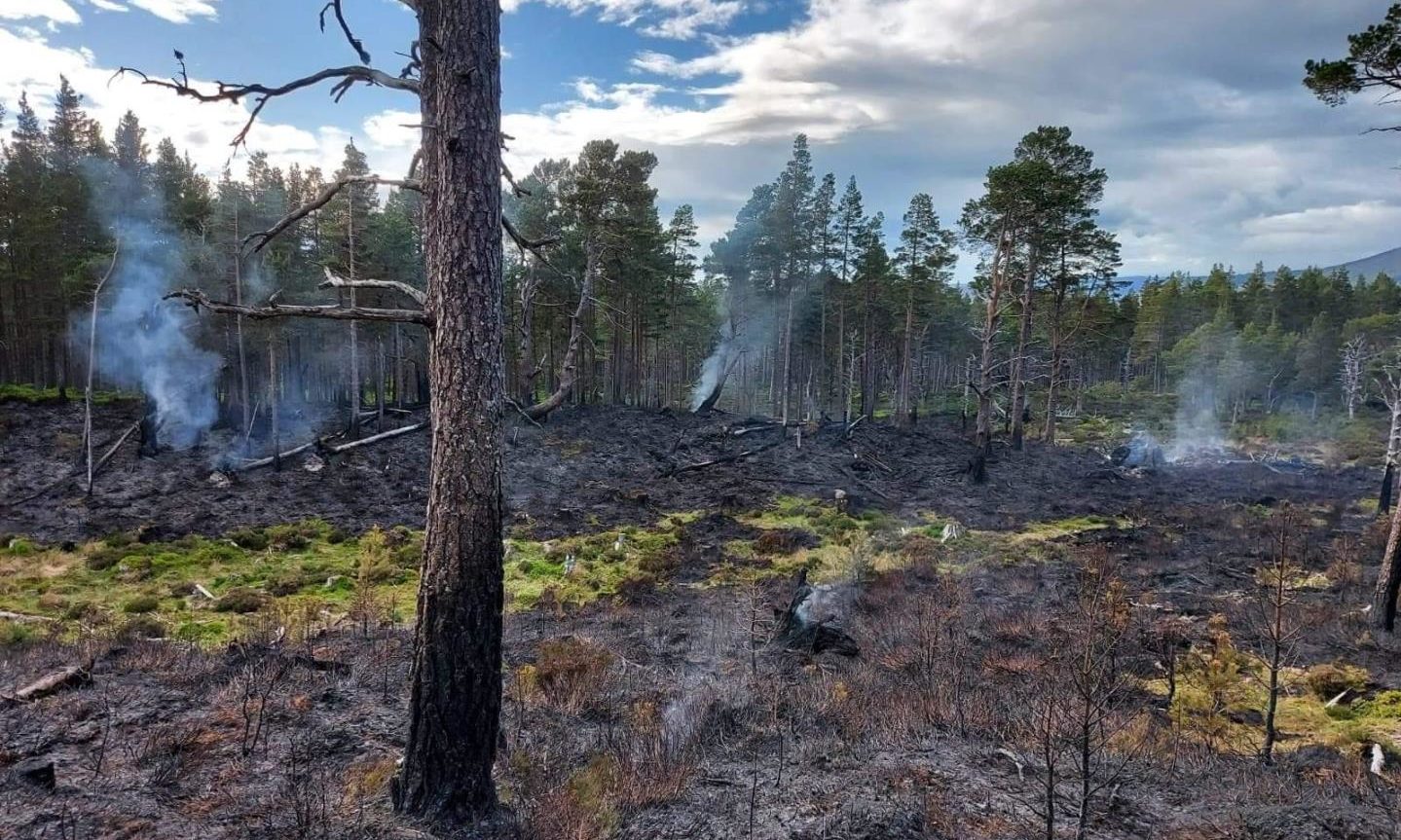
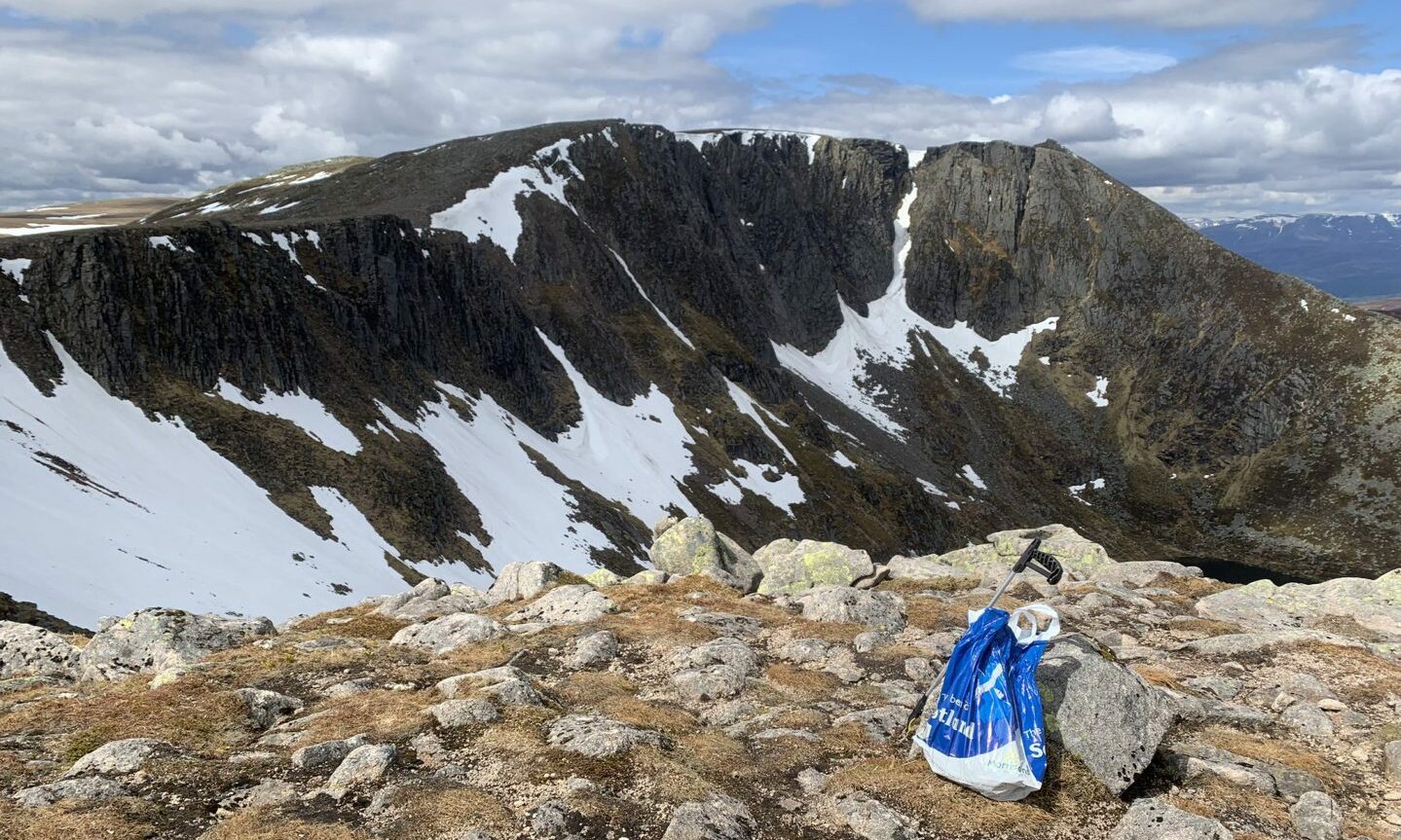
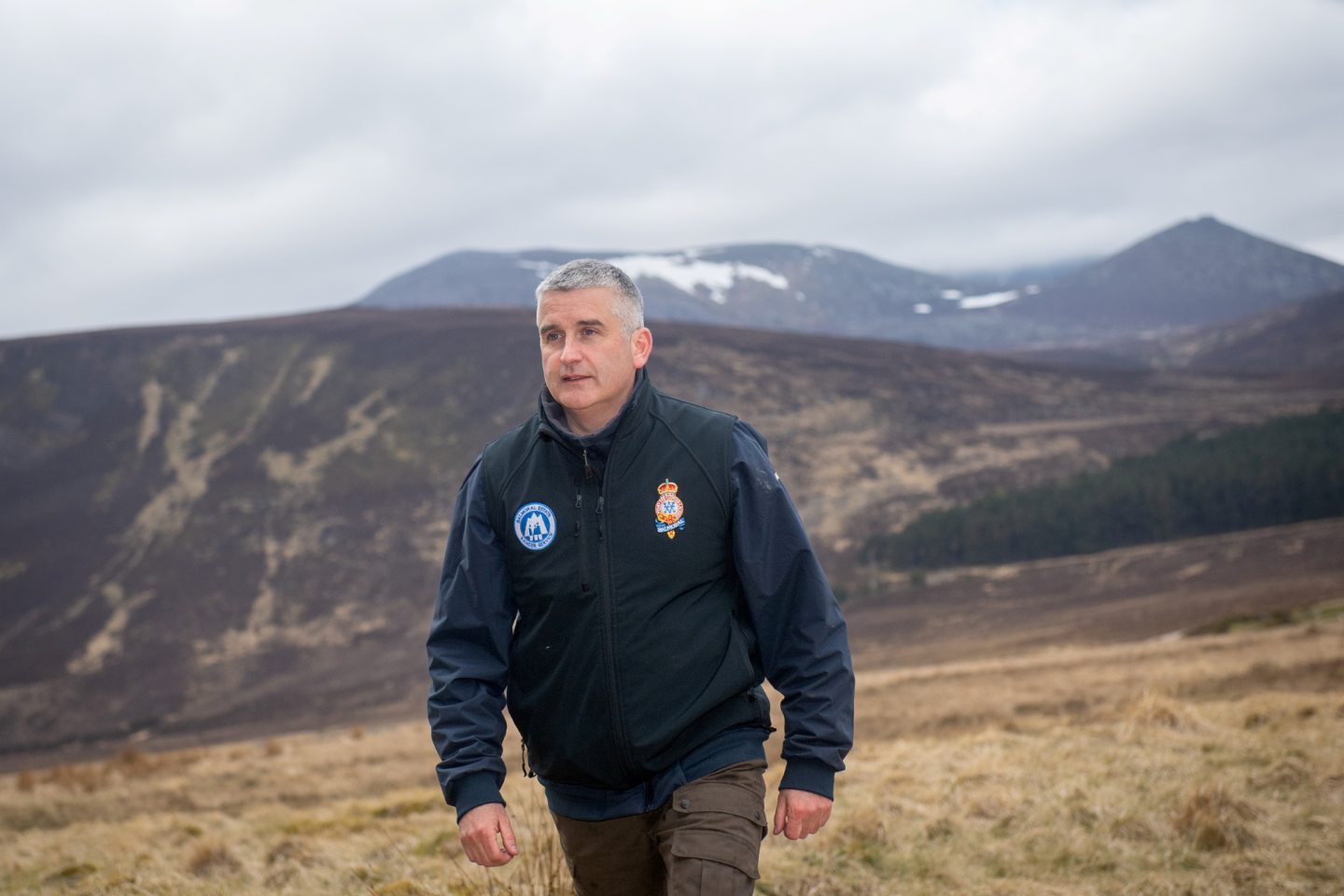
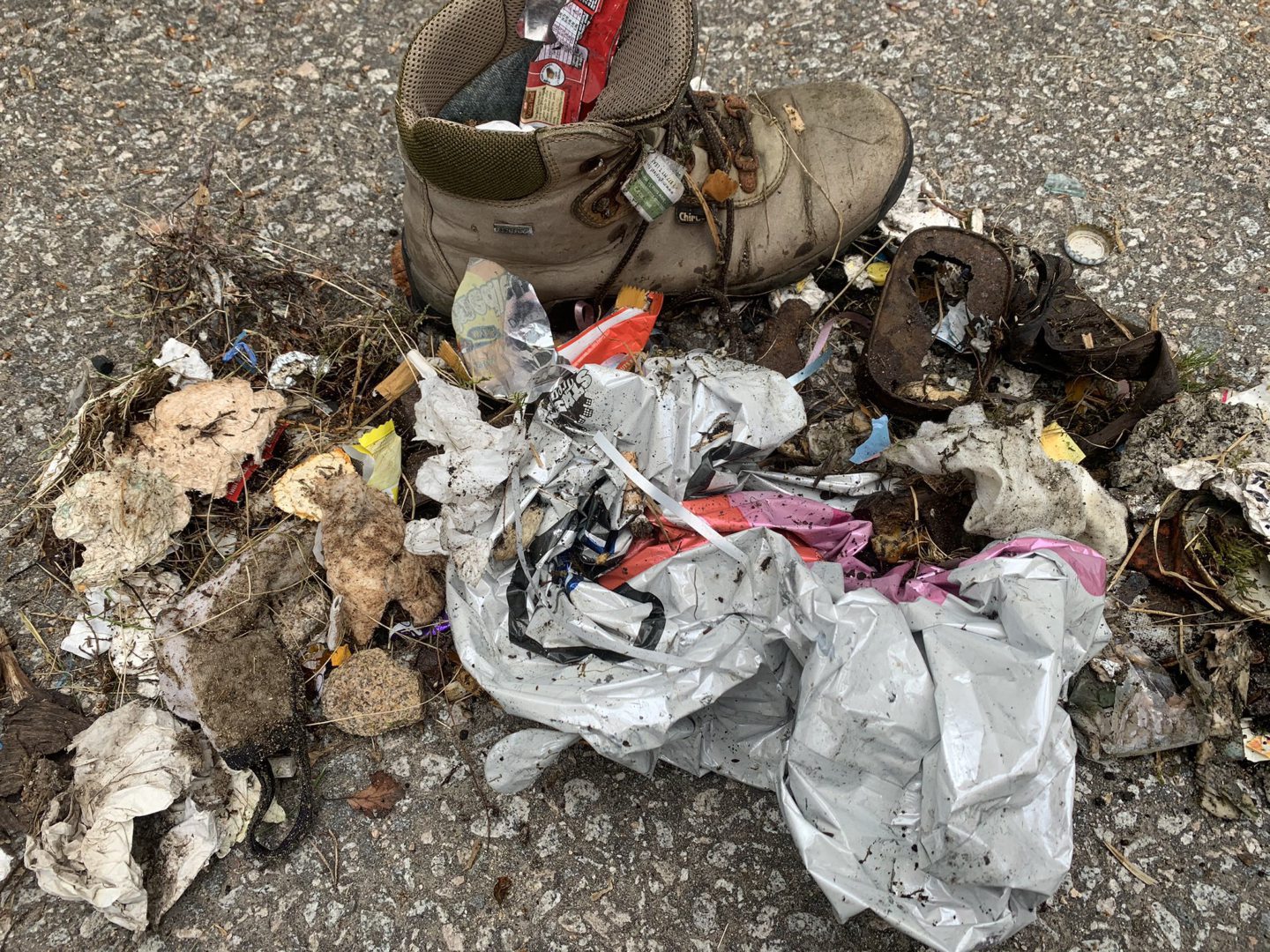
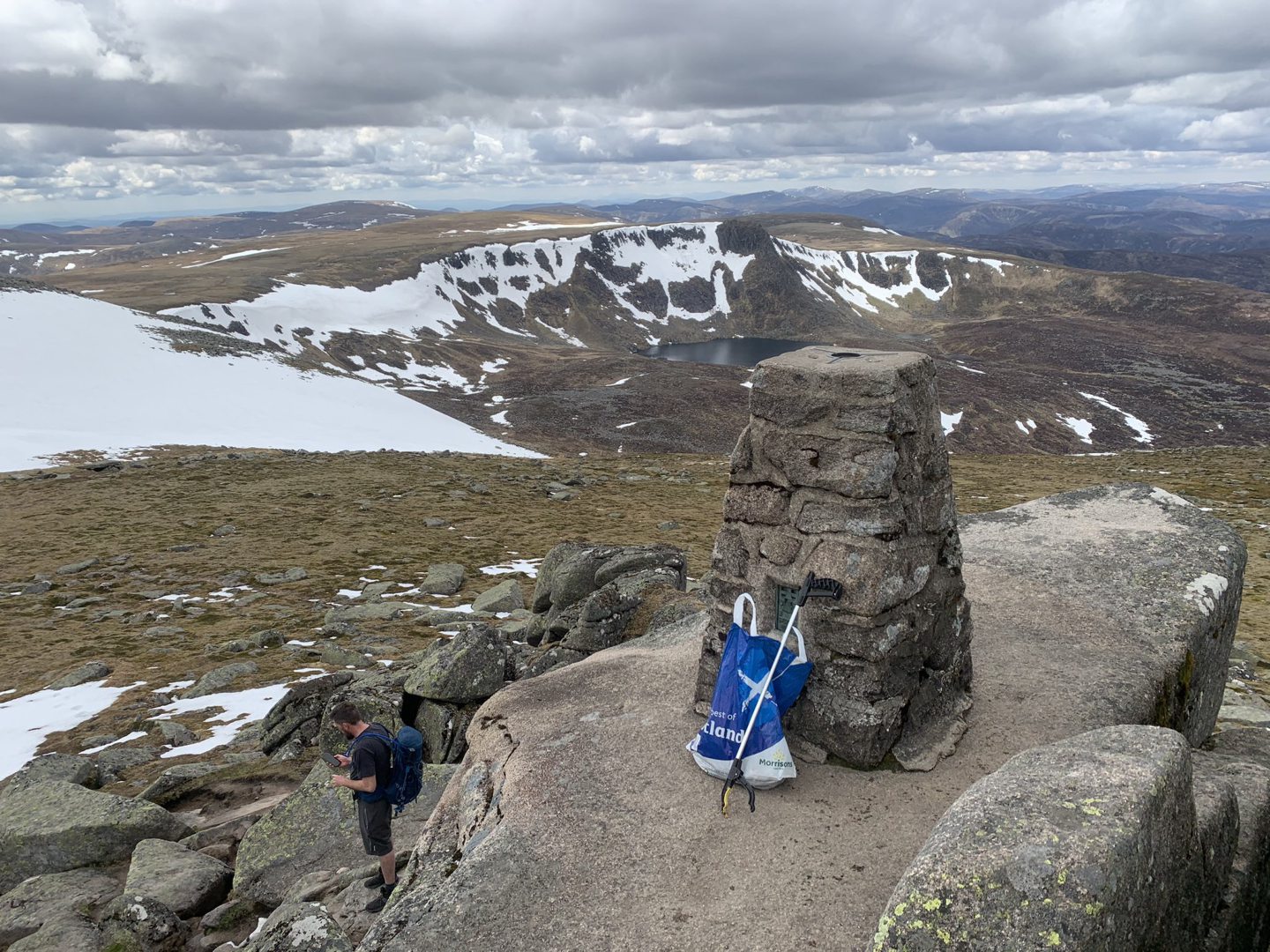
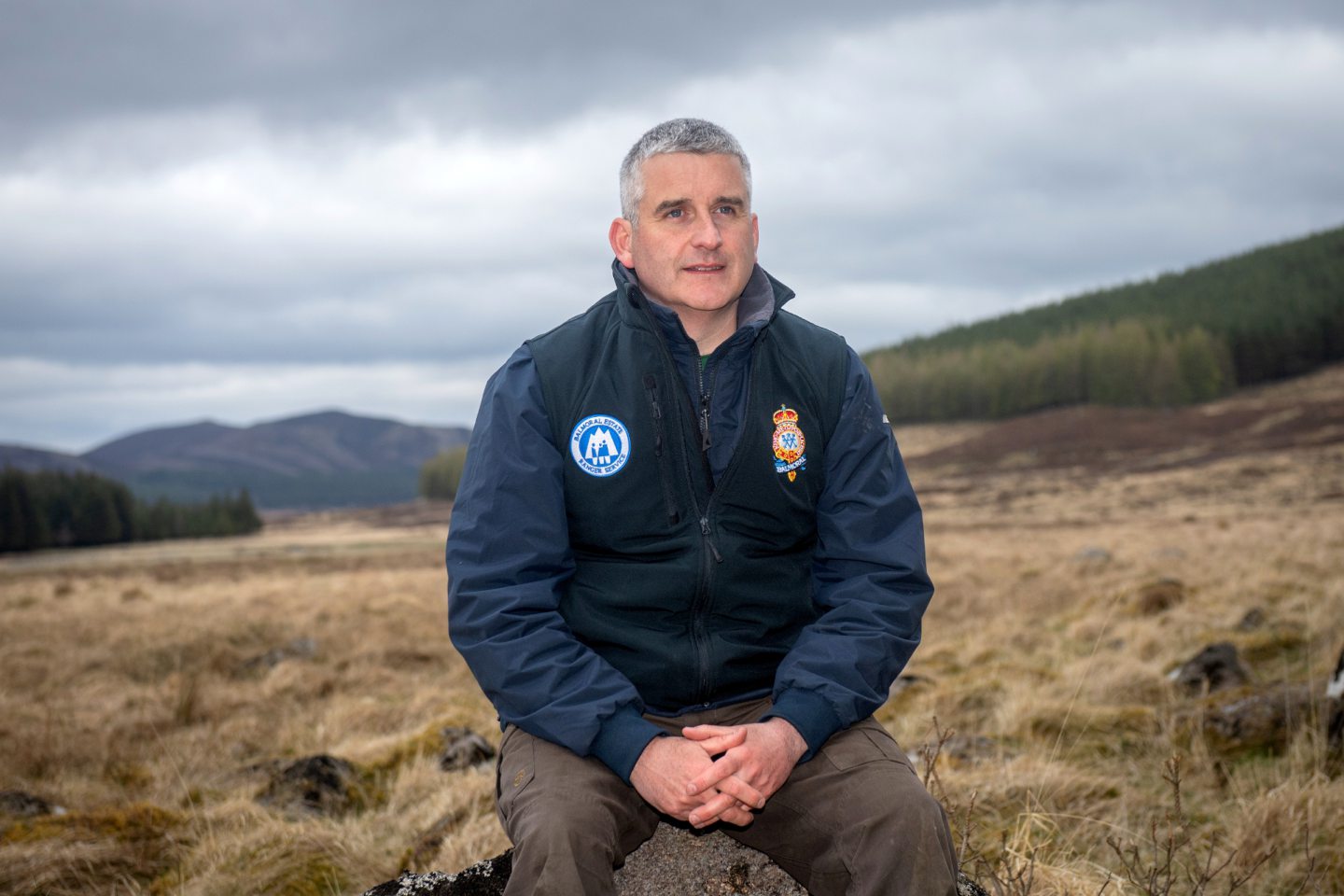
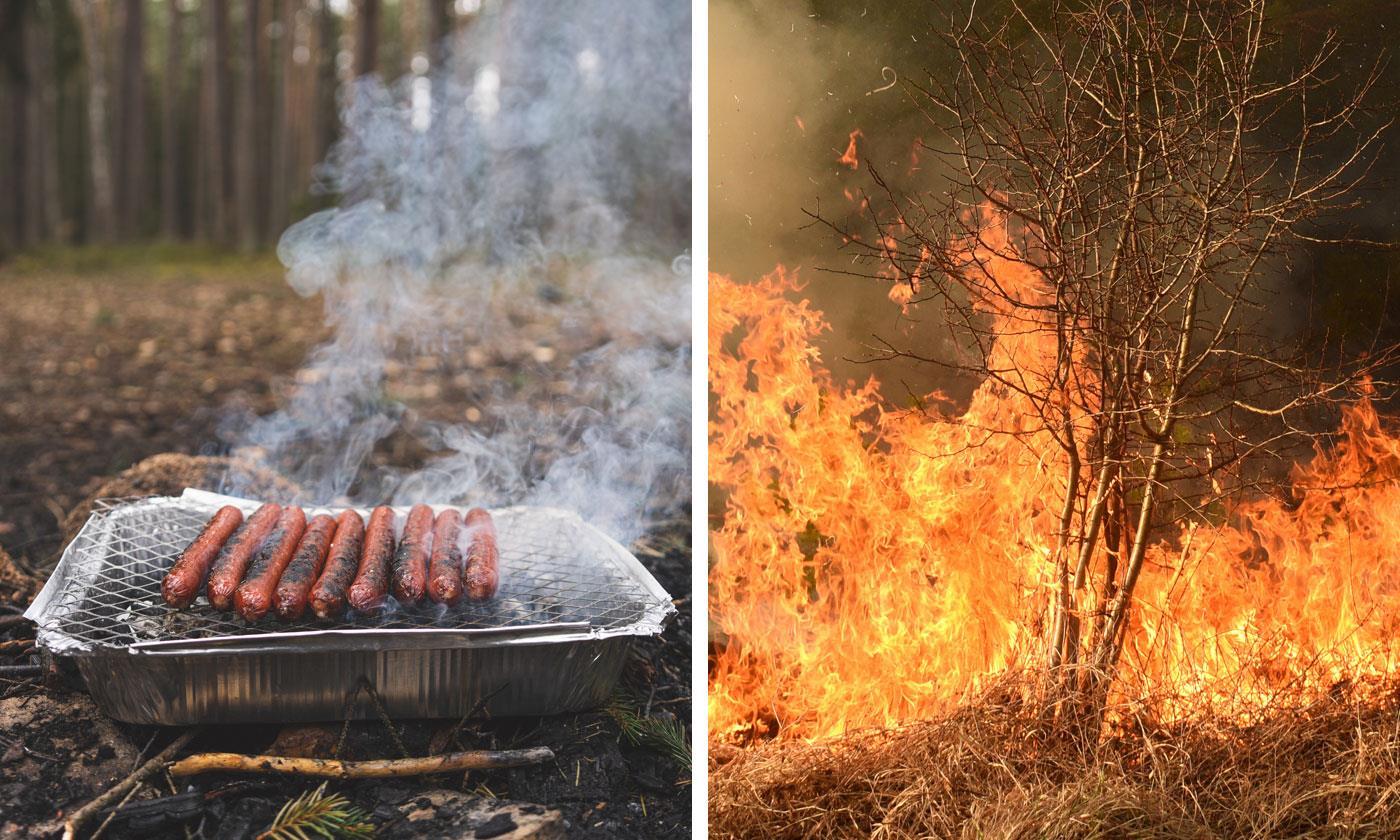
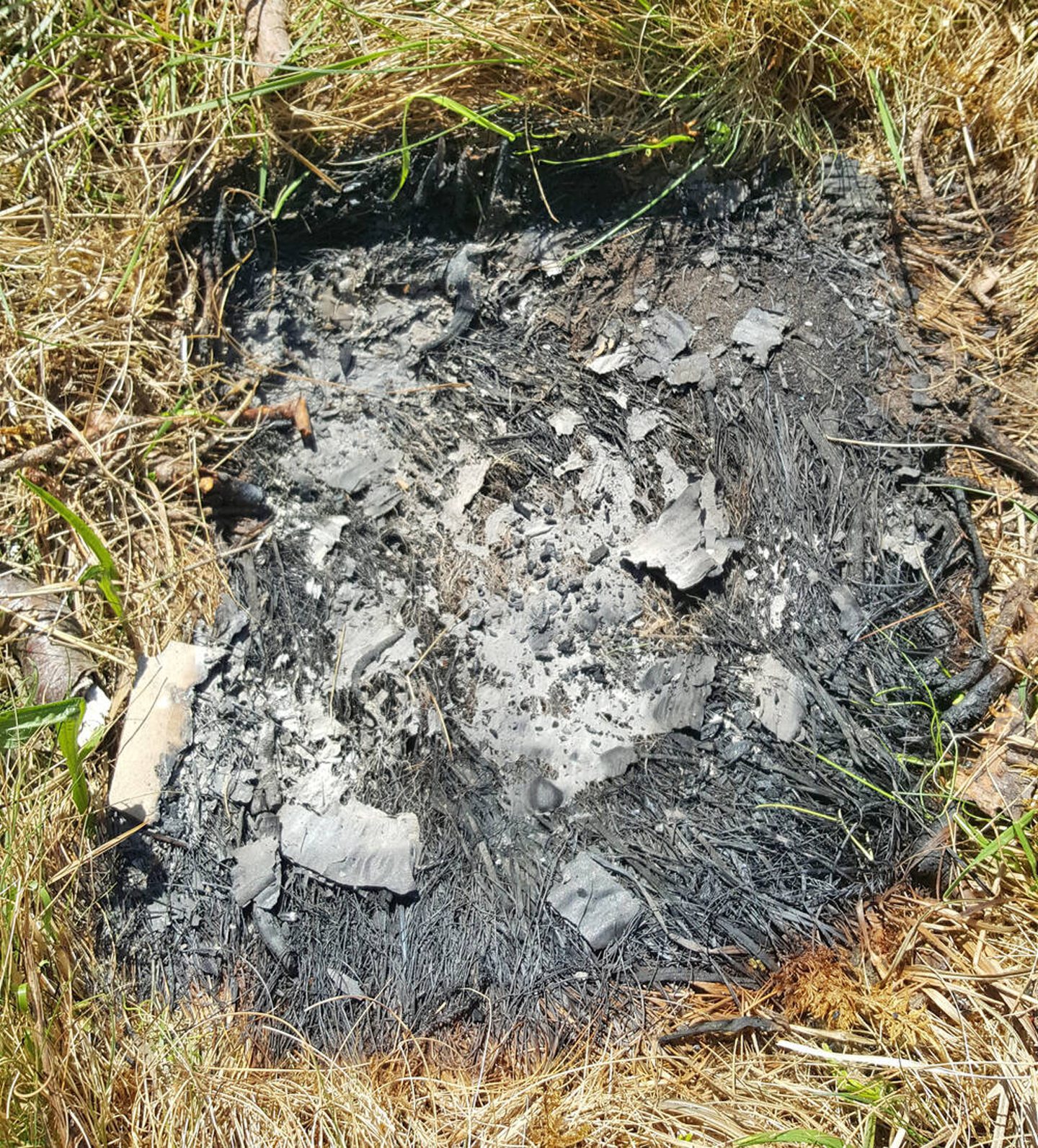
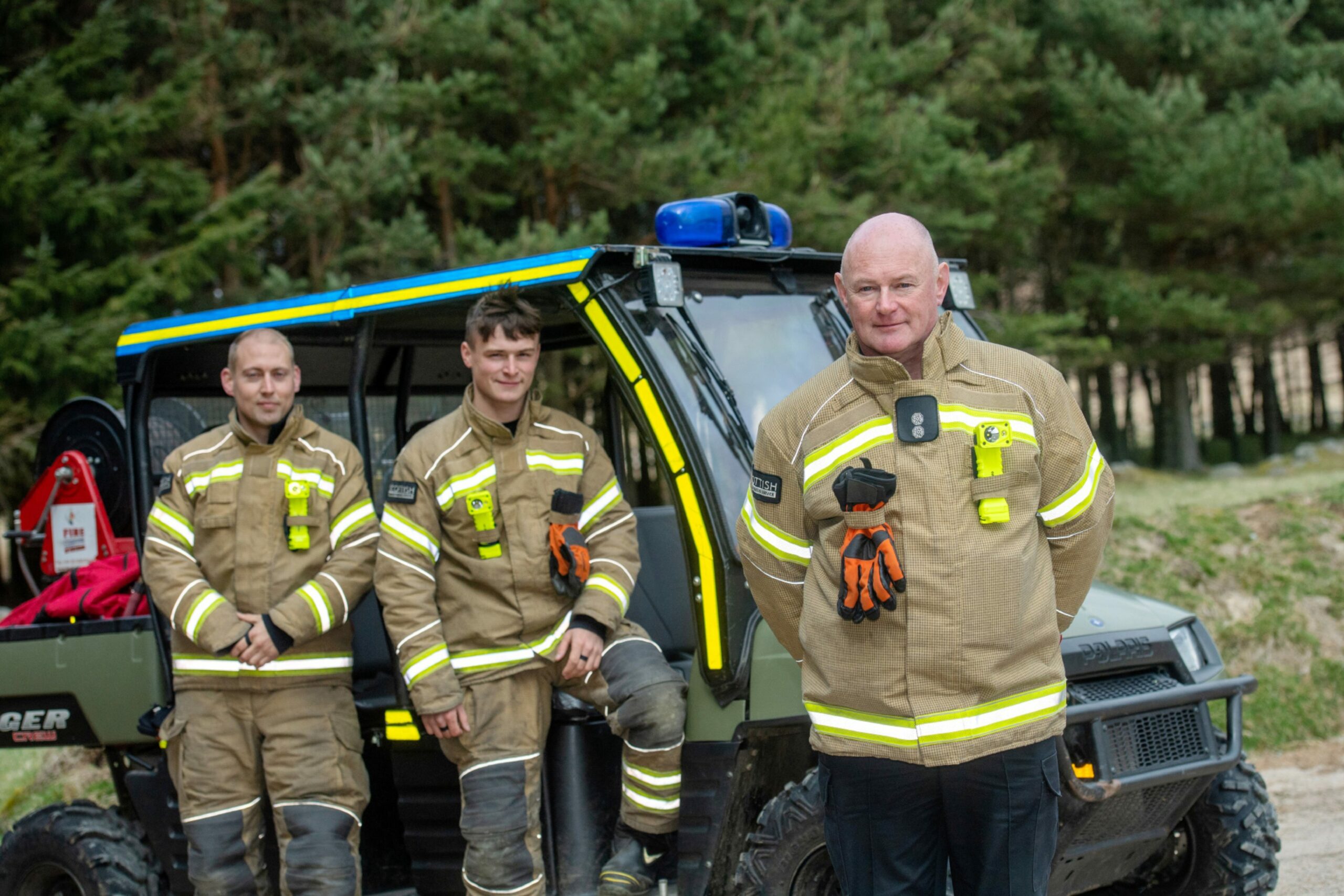
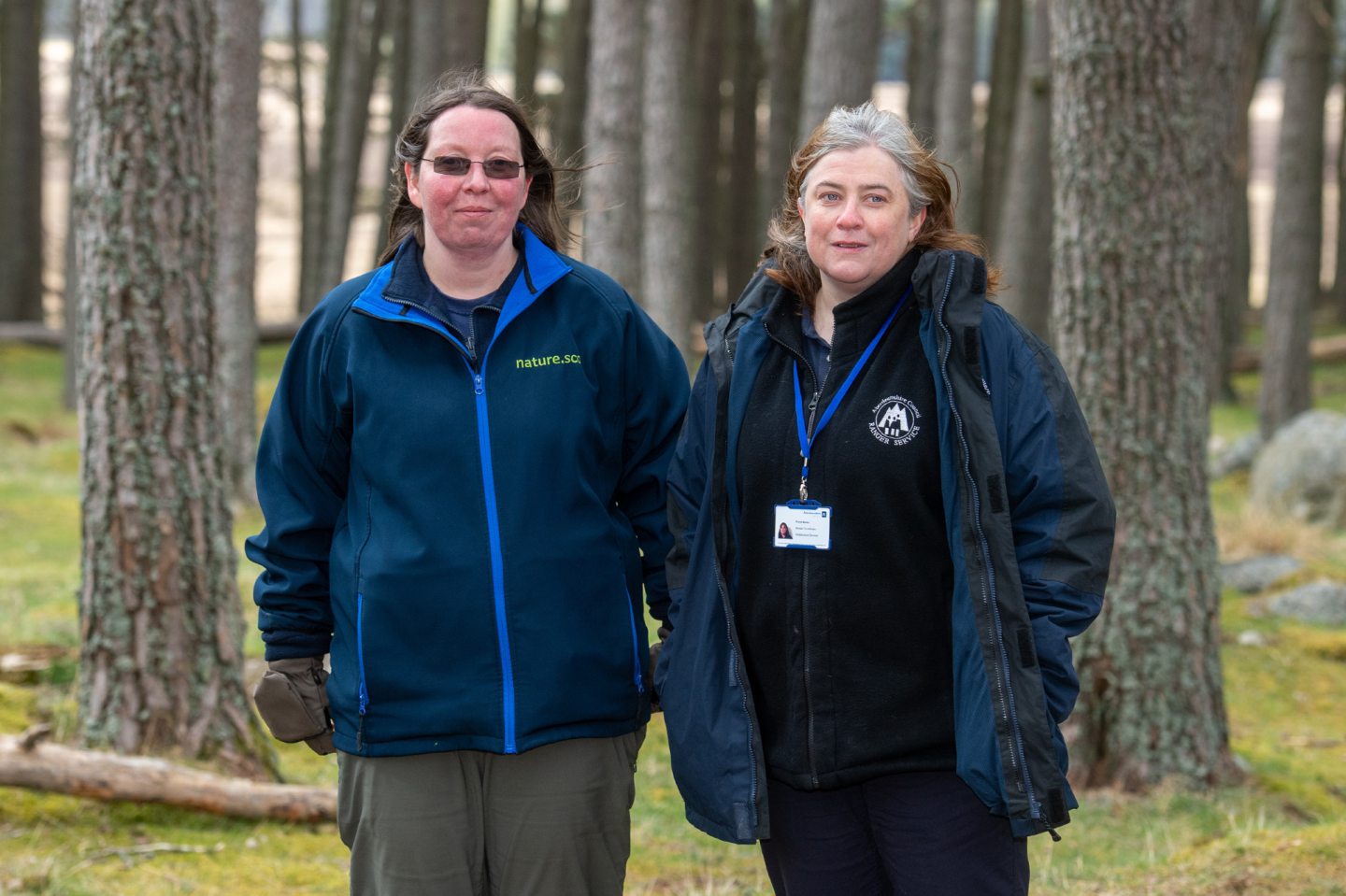
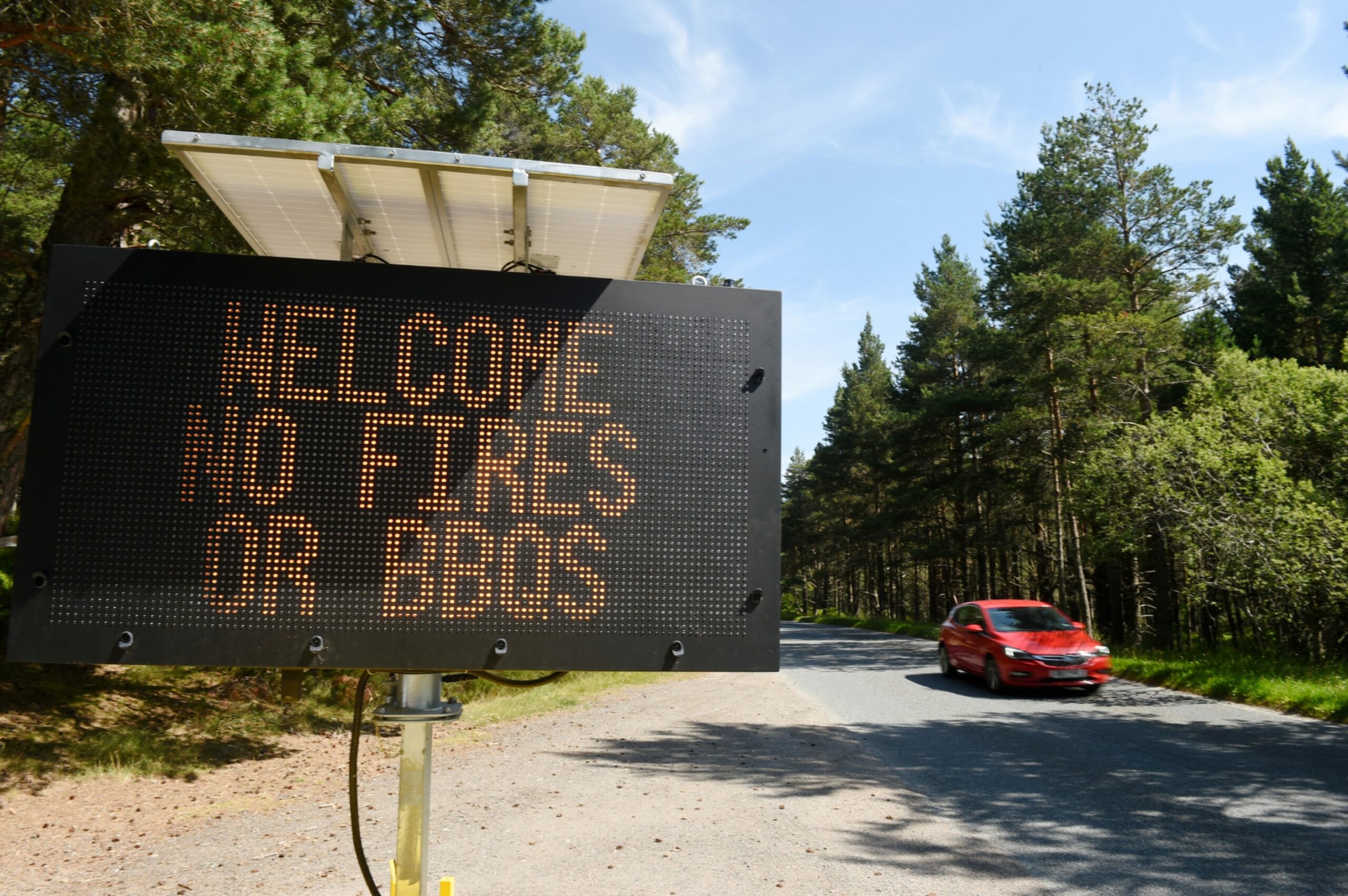
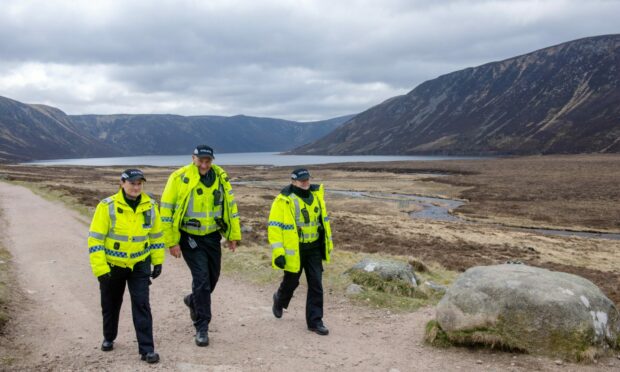
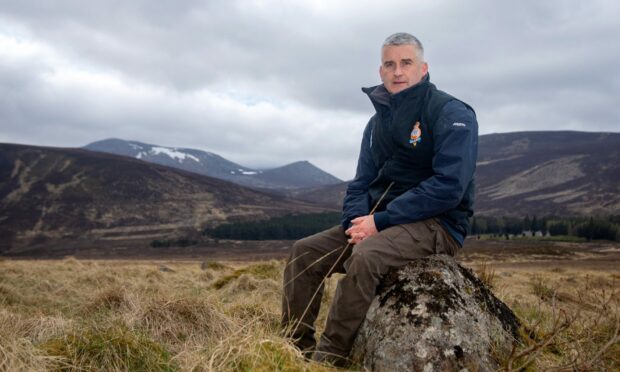
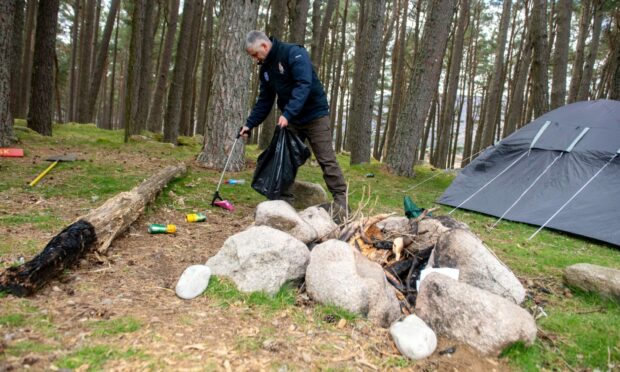
Conversation